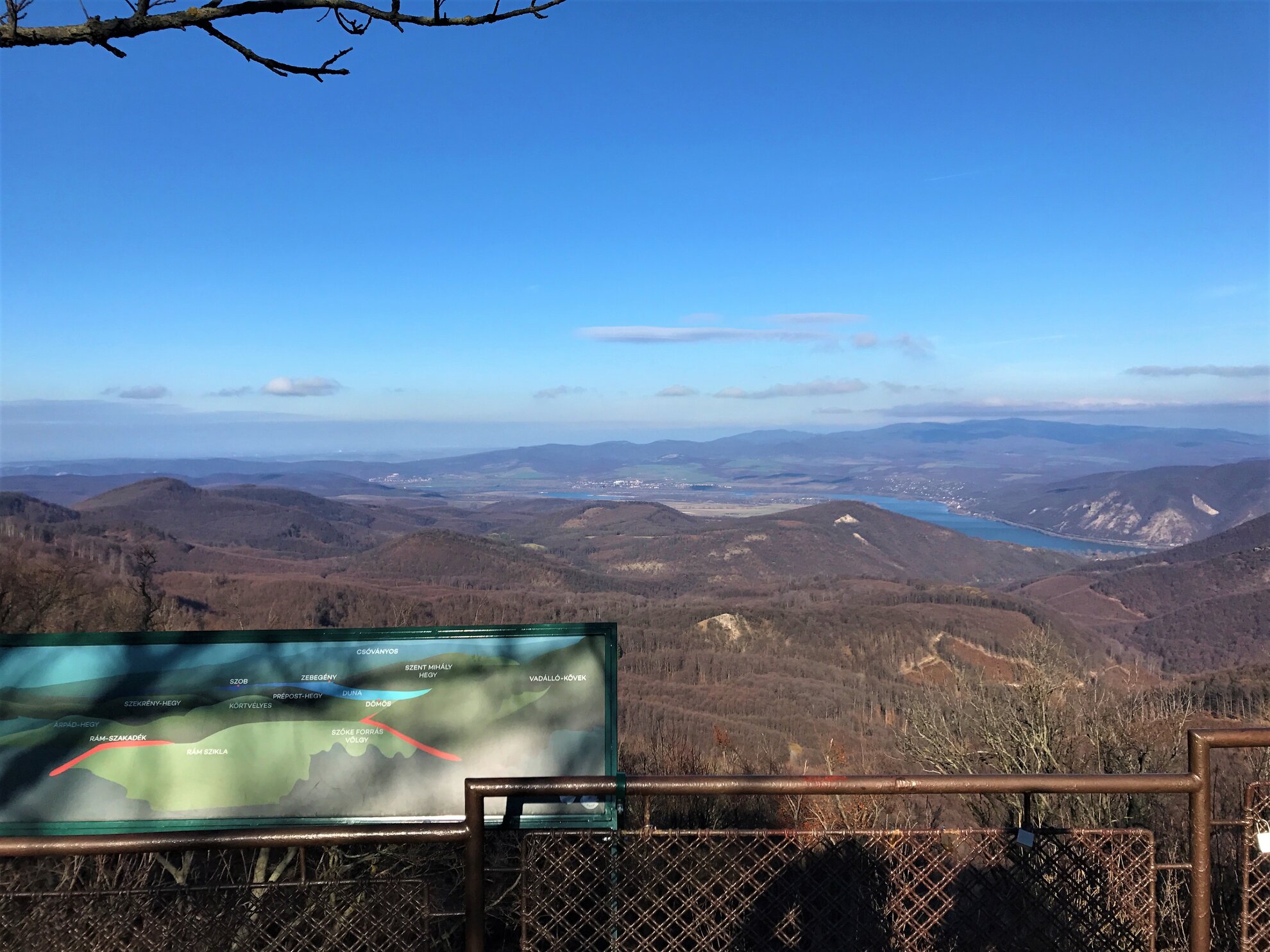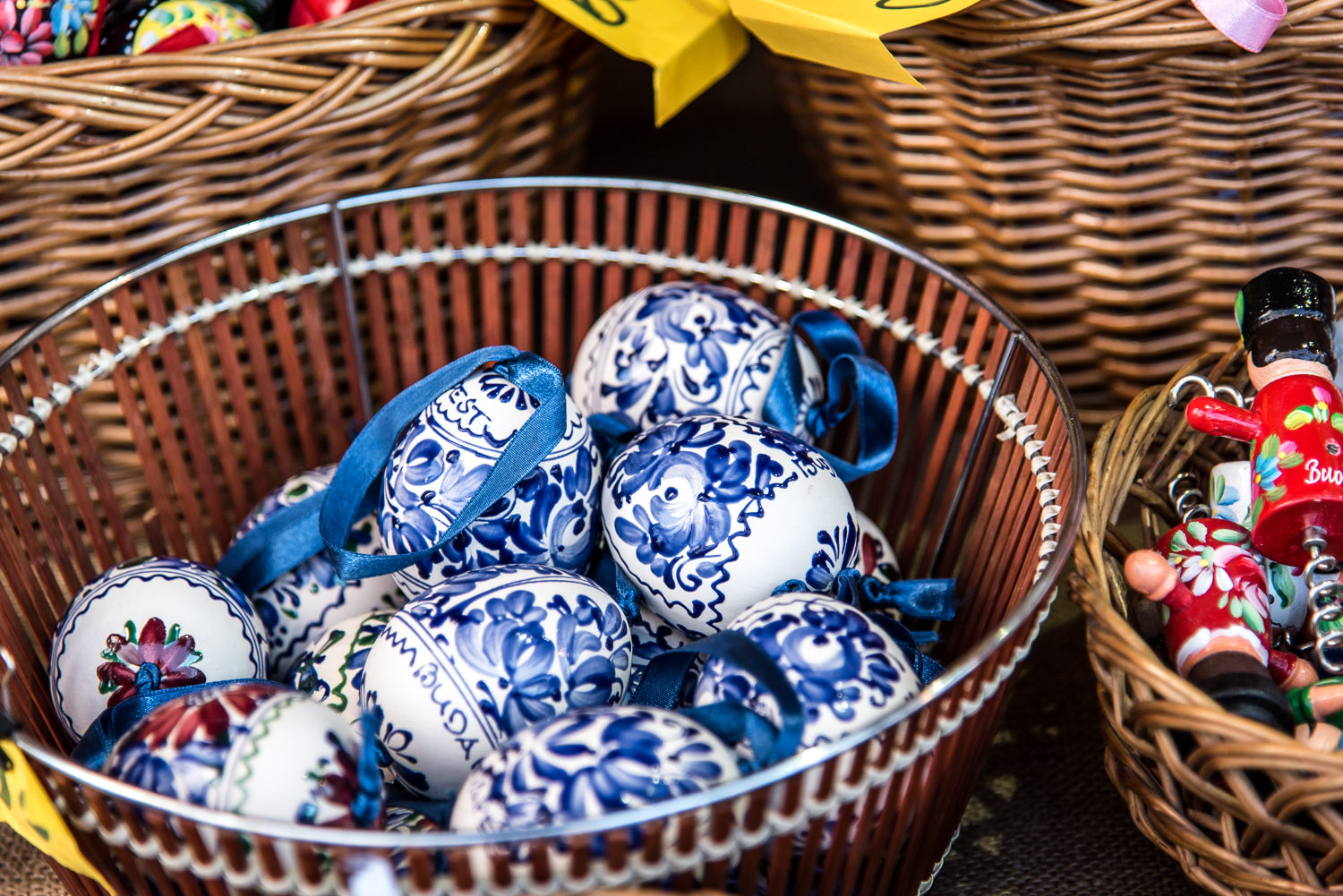Some call Dobogó-kő the heart chakra of the Earth, connecting vital spiritual energy routes in one place. This, they claim, is why this area is filled with powerful refreshing qualities. Perhaps all locations with fresh air, trees and silence have these positive features. The popularity of this natural site goes way beyond these spiritual conceptions, thanks to its great geographical position. This was the first place in Hungary to open a forest retreat.
In the late 19th century, hiking was the privilege of the few in Hungary. After three Hungarian scientists – including Loránd Eötvös, after whom the ELTE University is named – started exploring the hills around Buda, and the Hungarian Tourist Association was founded, this became a boom activity here. Forest retreats, hiking tracks and maps started appearing quickly, and Hungary’s first tourist accommodation was built on Dobogó-kő. Unfortunately, it was too small, as it only consisted of one room for gentlemen, and one for ladies. In 1906, a larger stone building was set up next to it, and the original small, wooden cabin became a tourist museum.
This sturdier retreat was recently renovated, but it still features interesting artefacts from the past. Among its 11 rooms, we spent a night in one with a capacity of six people, which was all the fun of a school trip. Then we had a hearty breakfast, included in the price (3,900 HUF per person/night), and set off on our one-day hiking trip. (The turistaház also offers lunch and dinner, with Hungarian-style dishes). Other lodgings nearby include guesthouses, villas and even yurts.
The most popular hiking destination is the lookout behind the house, with an outstanding panorama over the Danube Bend, the Börzsöny hills and High Tatras. For those interested in a lengthier excursion, from you here can reach the Rám Gorge, the Vádálló stones, the famous landmark of Prédikálószék and the heights of Pilis, but less strenuous, shorter walks are also accessible. The most convenient is the two-kilometre-long Thirring körút, starting from the lookout and taking around one hour. The yellow signs will help hikers find their way past volcanic rocks.
It’s still the chillier side of spring, but those interested in the current weather on Dobogó-kő can check out this online webcam. And if you’re here at any point in winter, Budapest’s nearest ski centre was created here after World War I. At the top, the Zsindelyes Restaurant was the first recognised work by the later renowned architect Imre Makovecz.
By car from Budapest, take main road 11 then onto the road for Pomáz–Pilisszentkereszt. By public transport, take the Szentendre HÉV train
from Batthyány tér to Pomáz (journey time 30min) and from there, the hourly Volán bus
to the top (journey time 35min).




